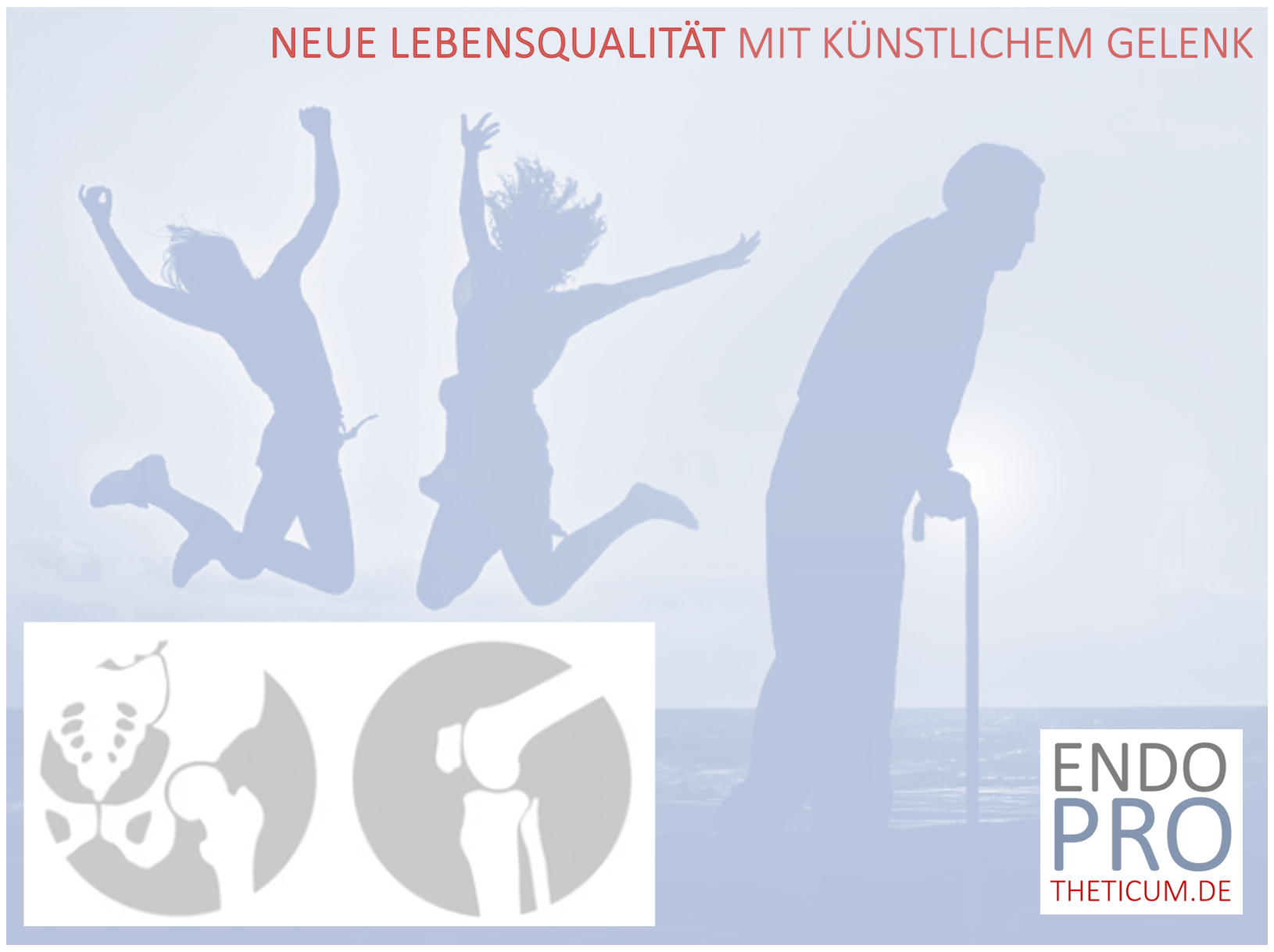Disadvantages of knee sled prostheses – When is it not worth using?
Partial joint replacements and knee sled prostheses also have disadvantages

A sled prosthesis, also known as a partial joint replacement, is a minimally invasive solution for unilateral osteoarthritis in the knee joint. It only replaces the damaged part of the knee and preserves the healthy structures such as ligaments, kneecap and cartilage. While this method offers many advantages, there are also clear limitations and situations in which the use of a sled prosthesis is not recommended.
Indication limits of the sled prosthesis
Sliding prostheses are only suitable for patients whose knee osteoarthritis is limited to a single compartment area, usually the inside. However, if there is advanced cartilage wear in several areas of the knee, a complete joint replacement (total endoprosthesis) is more suitable. In addition, the cruciate ligaments must be functional as they ensure the stability of the knee. If there is ligament instability or a knee misalignment that cannot be corrected, partial joint replacement is not recommended.
Risks and disadvantages of the sled prosthesis
- Higher revision rate: Studies show that sled dentures require revision more frequently than complete dentures. The reason is often insufficient indication or problems with the remaining natural knee joint, which can continue to wear out.
- Restrictions for later operations: Even if a sliding prosthesis is in principle easier to convert into a complete prosthesis, such revision procedures are more demanding if the implantation was not carried out precisely.
- Increased demands on the surgeon's experience: The successful implantation of a sled prosthesis requires a high level of surgical expertise. In experienced hands the result can be very good, but inexperienced surgeons increase the risk of complications such as misplacement and instability.
Long term durability
While modern sled dentures are comparable to complete dentures in terms of durability, this depends heavily on precise implantation and choosing the right indication. Mistakes can lead to premature failure of the prosthesis, requiring repeat operations
When is a sled prosthesis not worthwhile?
- Generalized clinical picture: Patients with severely advanced or generalized osteoarthritis in all compartments of the knee do not benefit from partial joint replacement.
- Instability of the knee: If the knee is unstable due to damage to the ligaments, a sled prosthesis will not provide satisfactory stability.
- Severe misalignments: In the case of severe misalignments such as bow legs or knock knees, correction with a sled prosthesis can be difficult or inadequate.
Conclusion
Sled prostheses offer a minimally invasive way to specifically replace damaged knee areas while largely preserving natural joint functions. However, they should only be used when appropriate and by experienced surgeons. In cases of generalized osteoarthritis, instability or complex misalignments, total knee arthroplasty is a better choice as it offers a more comprehensive solution for the entire knee joint.
With careful consideration of the pros and cons and an accurate diagnosis, a sled prosthesis can be an excellent solution in selected patients.
MAKE AN APPOINTMENT?
You are welcome to make an appointment either by phone or online .



























